No really, what is Taijiquan, exactly?
Just what is Taijiquan? This might seem like a somewhat peculiar question: it’s a Chinese Internal Style Martial Art, isn’t it? The simple answer to that is yes, but that doesn’t fundamentally answer the question, which when asked here, means: “What is the basic nature of Taijiquan that makes it a distinct entity, different from other martial arts, even other internal styles?”
The answer to that is fairly simple, as it turns out (in this author’s opinion, anyway): Taijiquan is a Chinese, internal style martial art distinguished from all other martial arts by 1) a distinct movement imaginary, 2) a guiding philosophy that eschews domination of the other, and 3) the use of a core set of neurobiological “tricks” that render opponents ineffective and easy to redirect, strike, or otherwise be shown the unintended consequences of their violent urges.

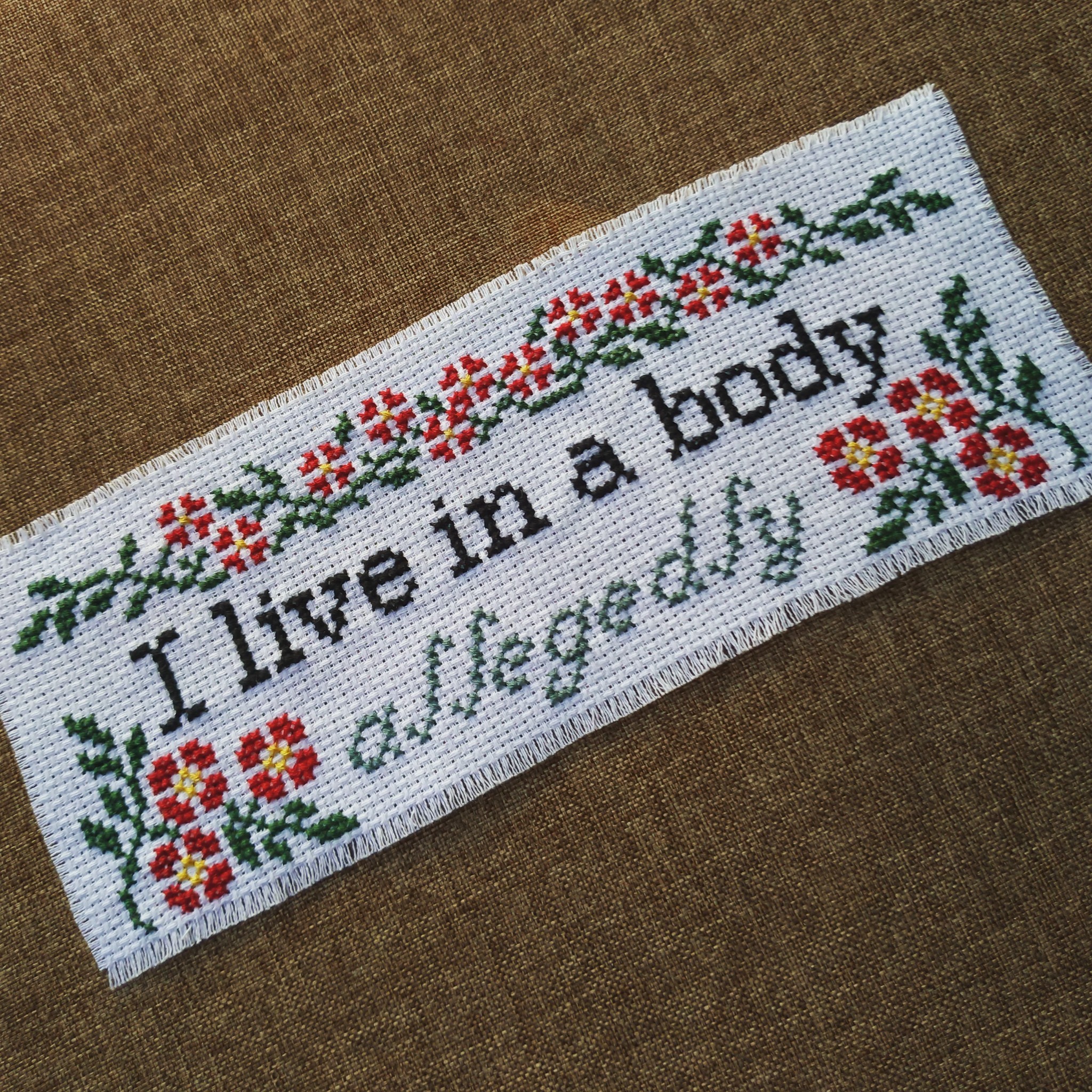
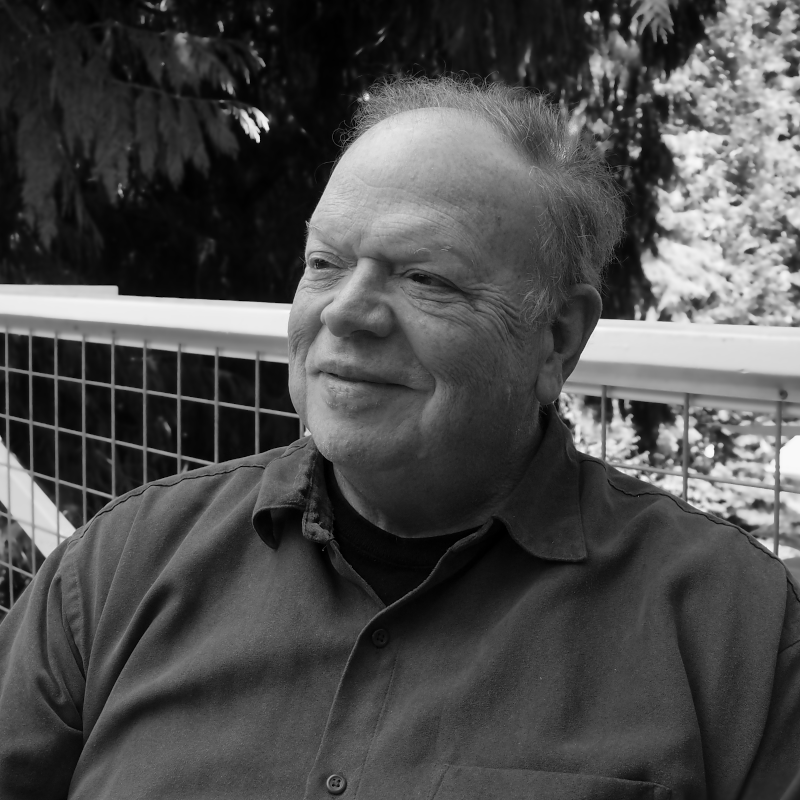
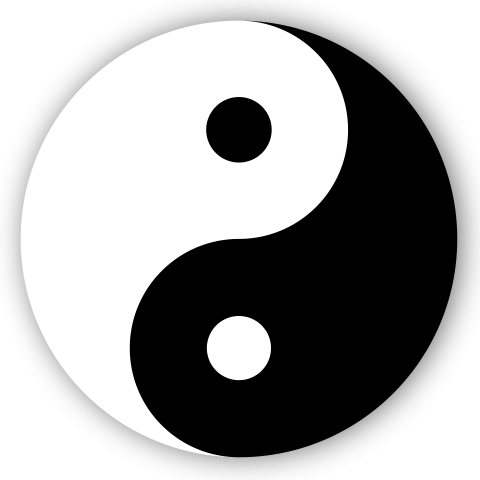
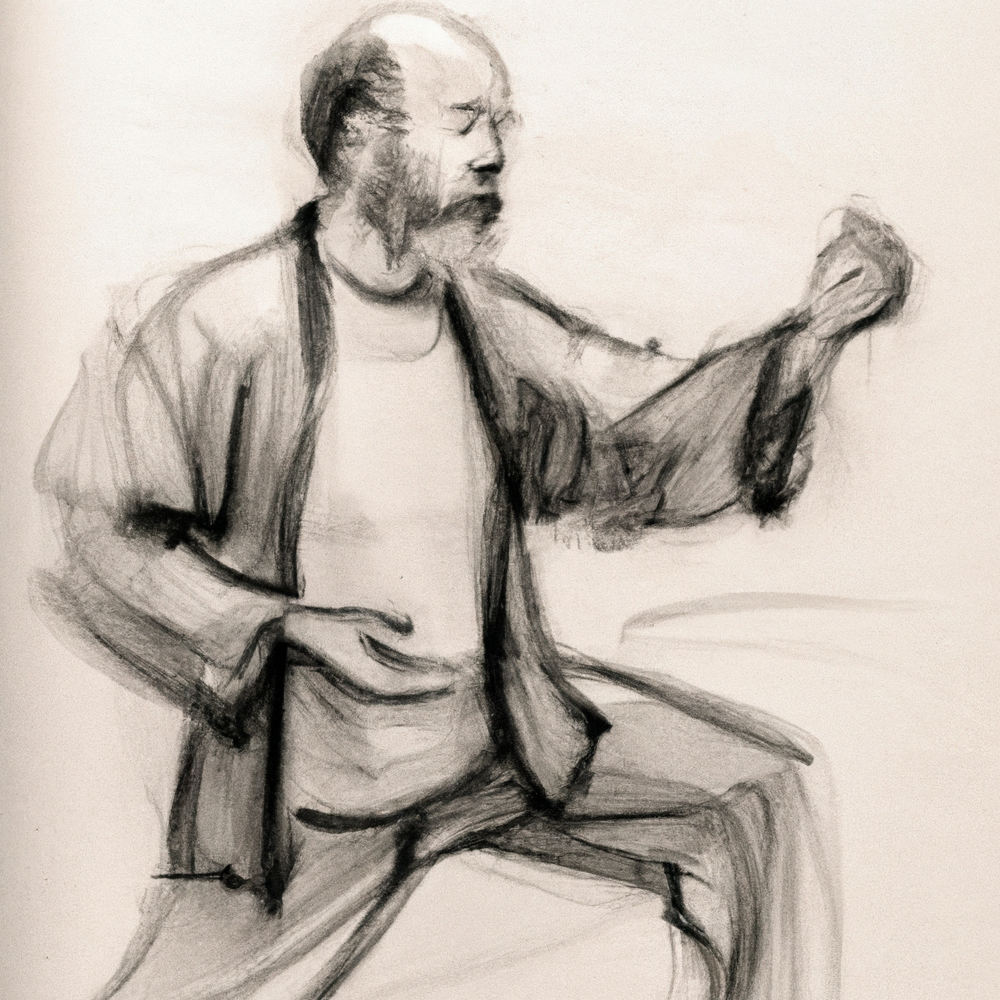
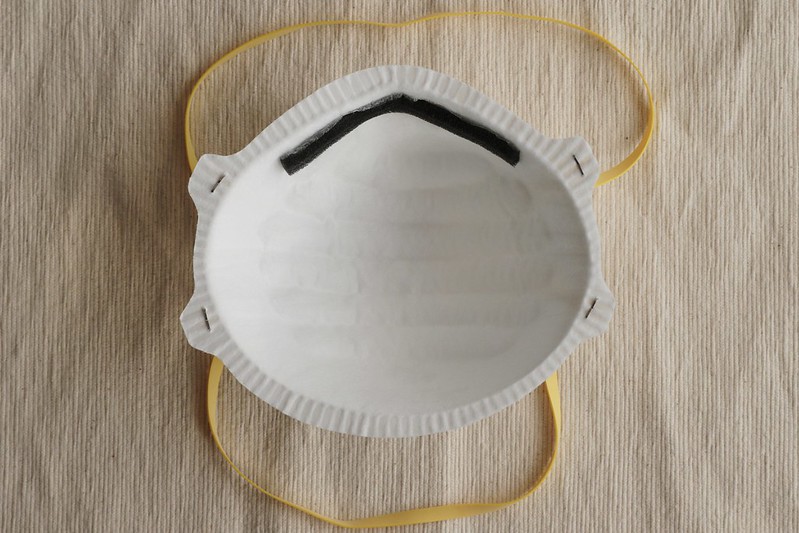 Here in Seattle we are once again headed into a period of required mask wearing in public spaces. Many folks might be strongly advised to engage in double mask use in some contexts and depending on their mask selection (a thing I do myself, as my N95s have an exhalation valve). While masks don’t interfere with our oxygen levels, and mostly don’t make it any harder to breathe than wearing a scarf in the winter, they do change our experience of being out and about in the world, and even how we experience fundamental aspects of our own bodies.
Here in Seattle we are once again headed into a period of required mask wearing in public spaces. Many folks might be strongly advised to engage in double mask use in some contexts and depending on their mask selection (a thing I do myself, as my N95s have an exhalation valve). While masks don’t interfere with our oxygen levels, and mostly don’t make it any harder to breathe than wearing a scarf in the winter, they do change our experience of being out and about in the world, and even how we experience fundamental aspects of our own bodies.